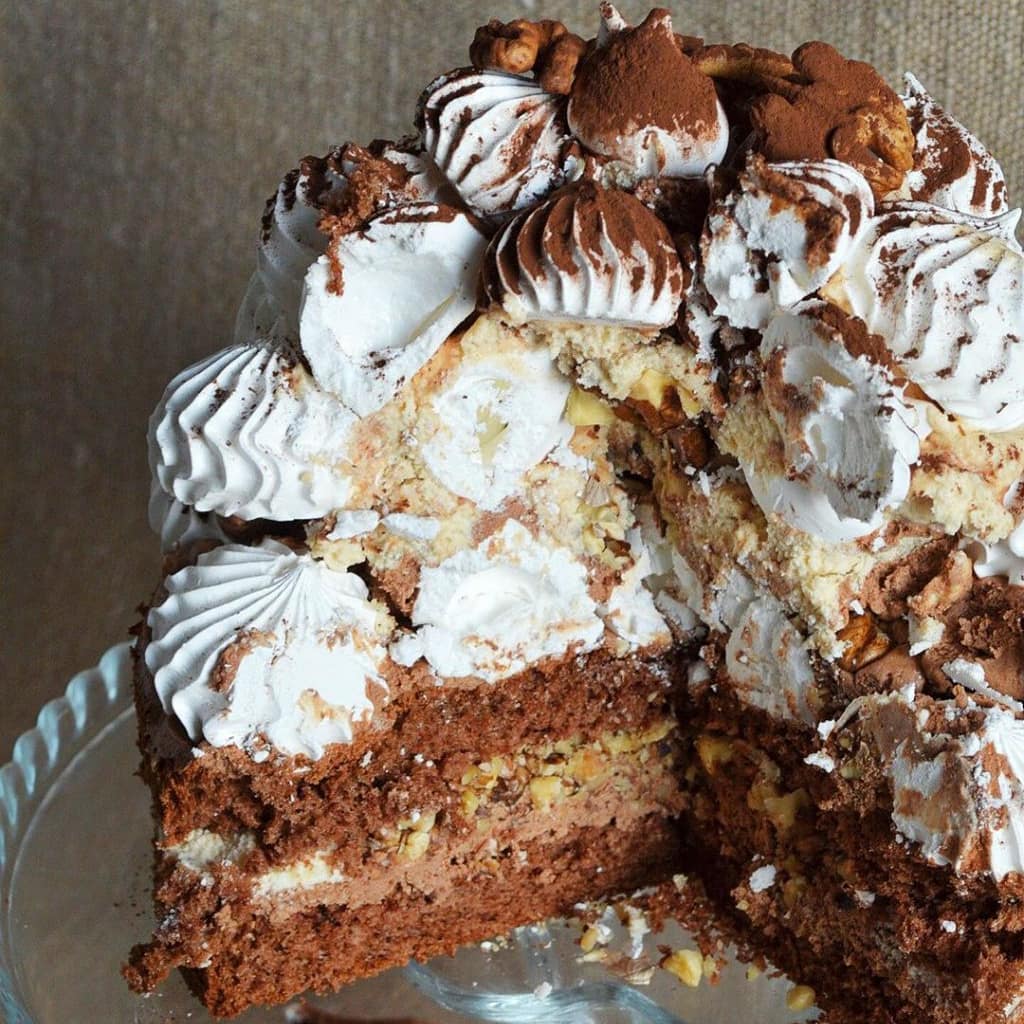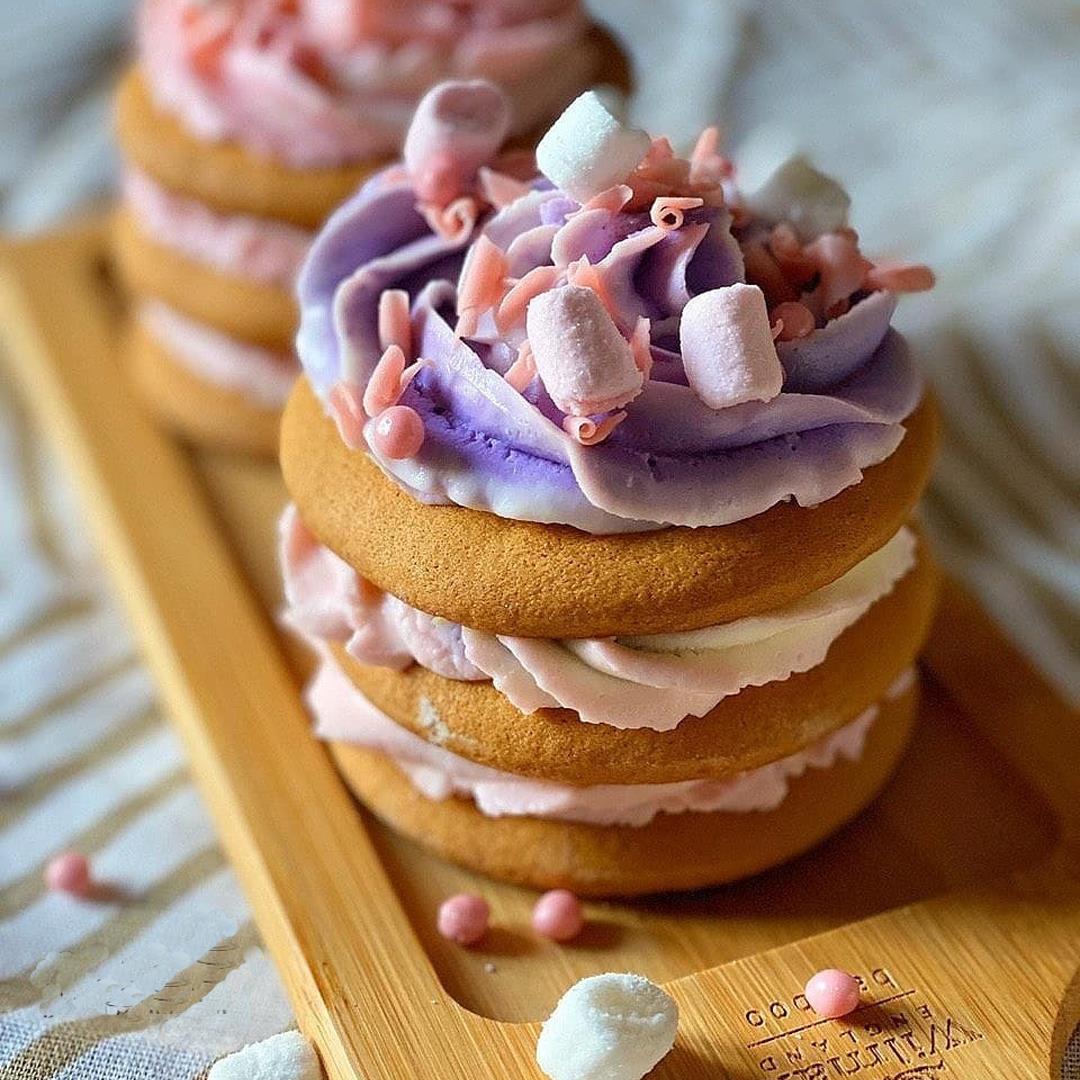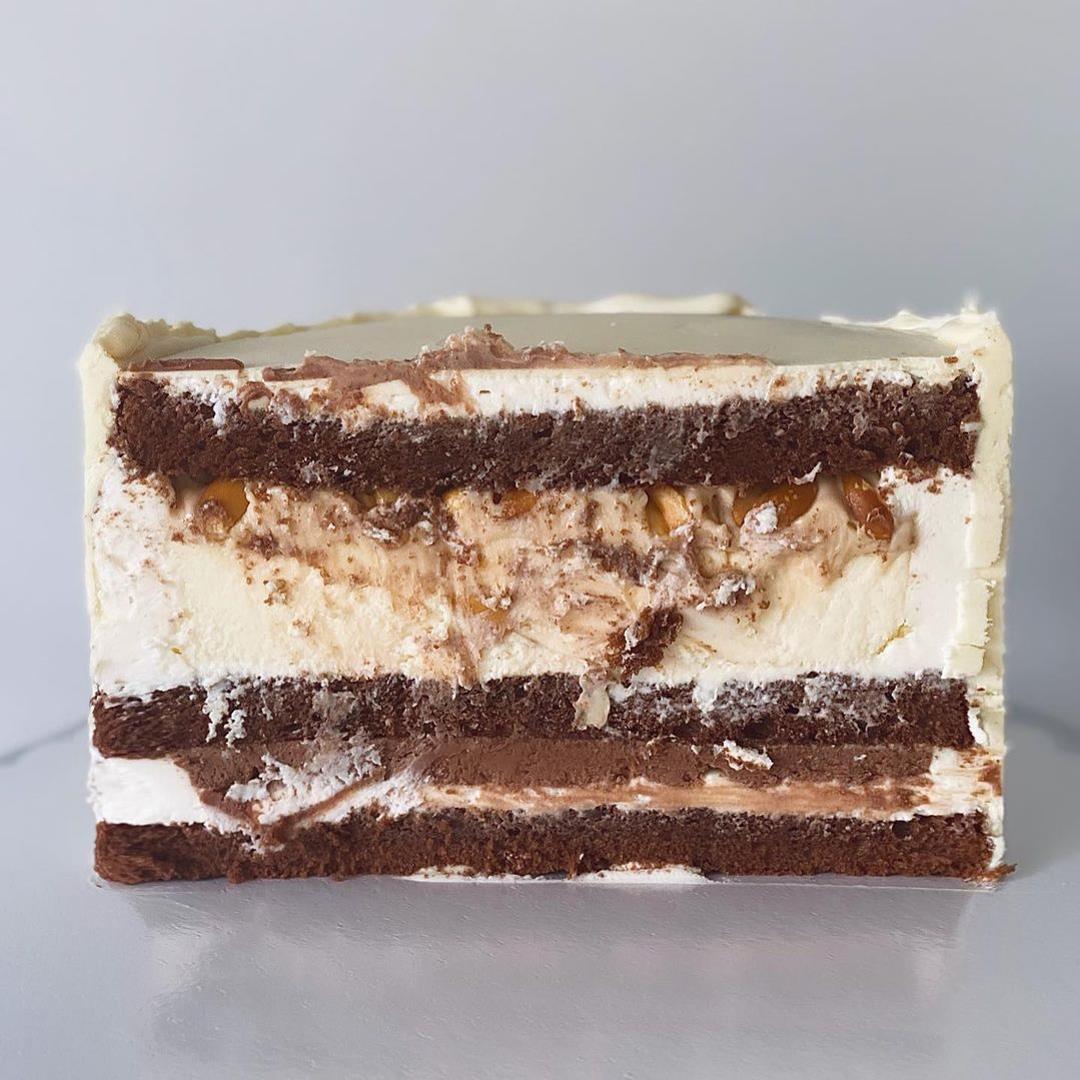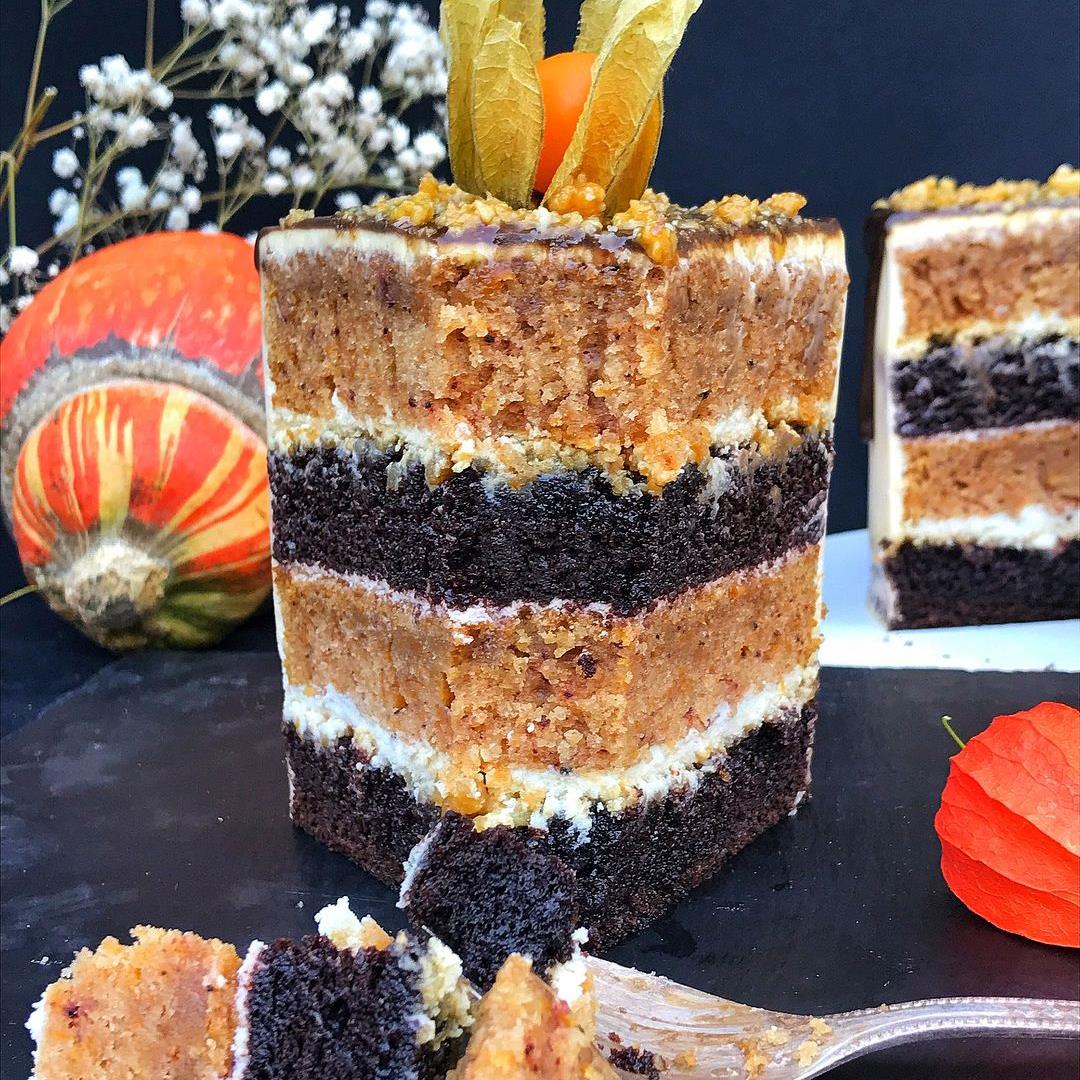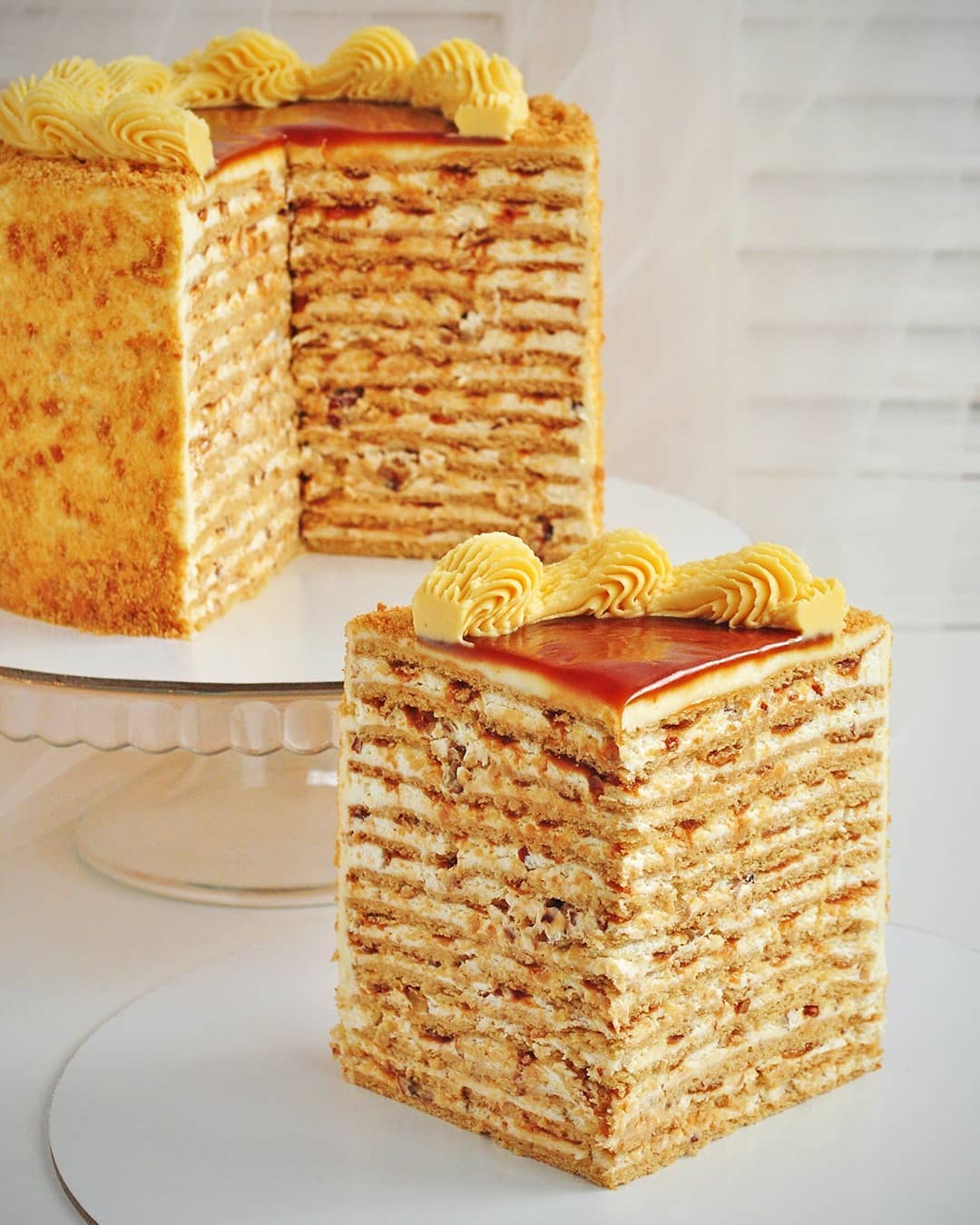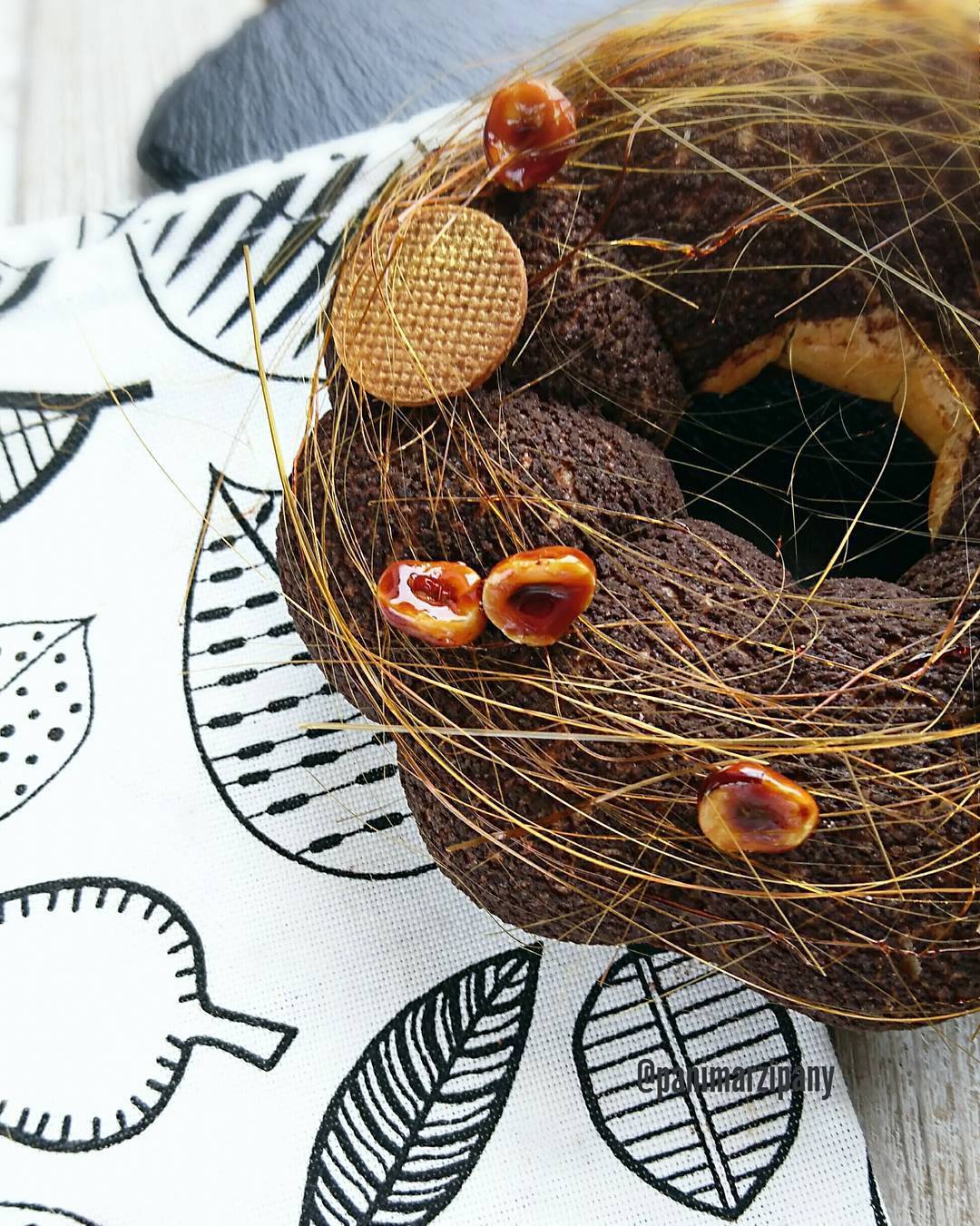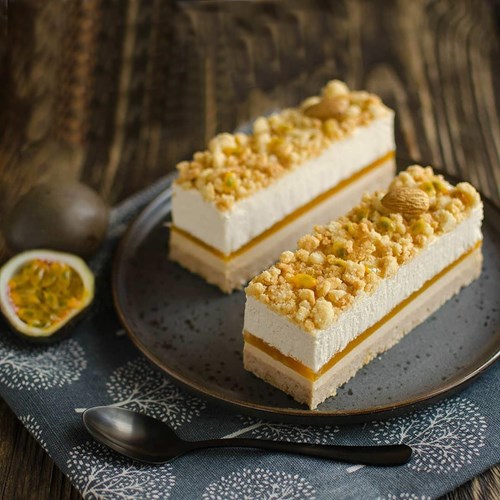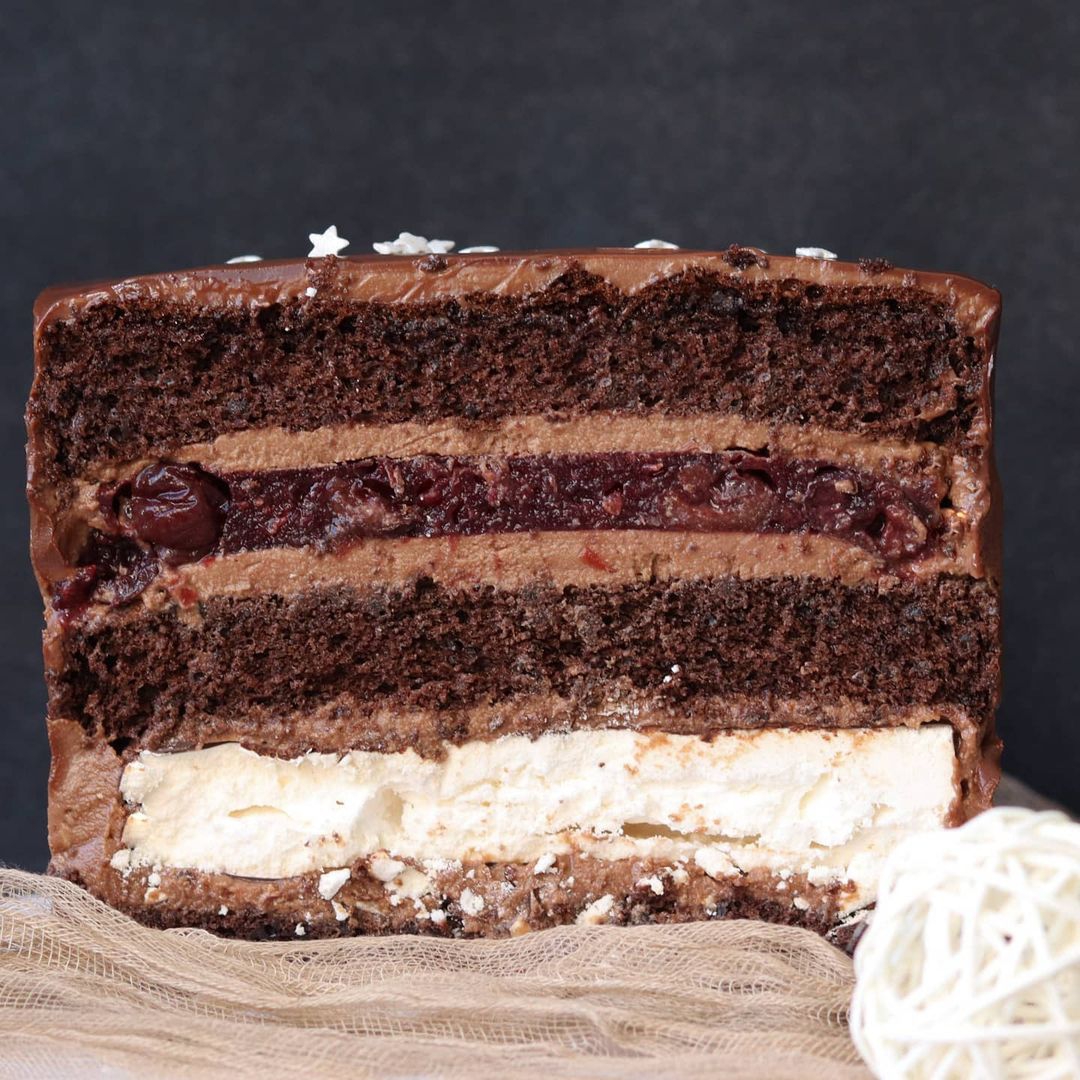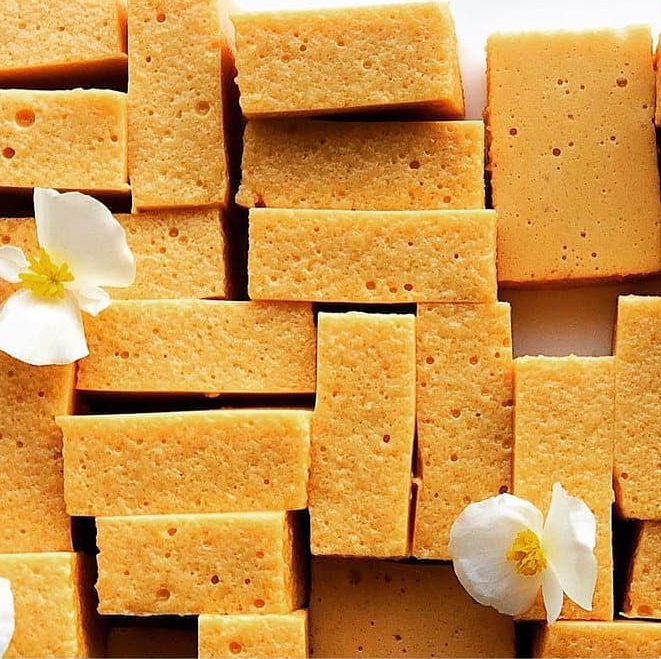Ingredients
Sponge biscuit
Meringue
Cream
Soaking
Instructions
Step 1
Step 2
Step 3
Step 4
Step 5
Step 6
Step 7
Step 8
Step 9
Step 10
Step 11
Step 12
Step 13
Step 14
Step 15
Step 16
Step 17
Step 18
Step 19
Step 20
Step 21
Servings
Buckle up and get ready for a swoon-worthy experience with your homemade pastries. 🌟
For a touch of elegance, plate each slice on fine china and add a light dusting of powdered sugar or cocoa on top. Placing a fresh mint leaf or a single raspberry on the side of the plate wouldn’t hurt either. 🍃✨
Hosting a party? Set up a **DIY pastry bar** where guests can add their choice of toppings like whipped cream, fruit compotes, and shaved chocolate—creating their mini masterpieces! 🥳🍓🧁
If you’re cozying up with a loved one, pair your pastries with a warm beverage. A rich Baileys-infused coffee or a frothy almond latte would perfectly complement the different layers and textures of your creation. Don't forget the snuggly blanket! ☕💖📺
These pastries also make fabulous gifts. Wrap them in clear plastic and tie with a decorative ribbon for a thoughtful, homemade present that beats anything store-bought. 🎁💝
Feeling adventurous? Dress up your pastries with an artistic chocolate drizzle or a splash of edible gold dust for that Instagram-worthy shot! 📸✨
Equipment
Essential for creating perfectly shaped cakes. Make sure to grease or line with parchment paper to prevent sticking.
Crucial for ensuring your sugar syrup reaches the right temperatures for meringue.
Save time and get perfect consistency by using a stand or hand mixer for your creams and meringue.
Ideal for giving your meringue a professional finish. Remember to squeeze evenly for consistent shapes.
This helps in getting that perfect bake on your meringues. Regular ovens can work but keep a close eye on the baking time.
Variations
For those *dietary-conscious* friends: 🌱
Gluten-Free Version: Swap out the flour with a gluten-free all-purpose flour blend. Ensure your baking powder is certified gluten-free as well. Easy peasy!
Vegan Version:
- Replace **eggs** with an egg substitute like flaxseed or chia seeds mixed with water.
- Use a **vegan butter** option and **plant-based milk** instead of traditional dairy products.
- Opt for **coconut sugar** or another plant-based sweetener in place of regular sugar.
Remember, nutritious diets don't mean flavor sacrifices. You got this!
Faq
- Why are my egg whites not whipping to stiff peaks?
Ensure there are no traces of yolk and your equipment is grease-free. Whites whip best at room temperature!
- What do I do if my meringue is too runny?
This could be due to under-whipping or adding the sugar syrup too quickly. Gradual addition and consistent whipping are key.
- Can I make this recipe without a kitchen thermometer?
While it's challenging, you can estimate by keeping an eye on the consistency of the syrup. However, a thermometer is recommended.
- What if my sponge biscuit sinks in the middle?
This might happen if you've opened the oven door too early or whipped the egg whites excessively. Try again and keep these points in mind.
- Is there an alternative to piping bags for meringue?
Yes, you can use a plastic zip-top bag with a corner cut off or simply spoon the meringue into shapes.
- How can I make my pastries presentable for Instagram?
Use natural lighting, clean backgrounds, and add garnishes like fresh fruit or a dusting of powdered sugar to make them pop!

